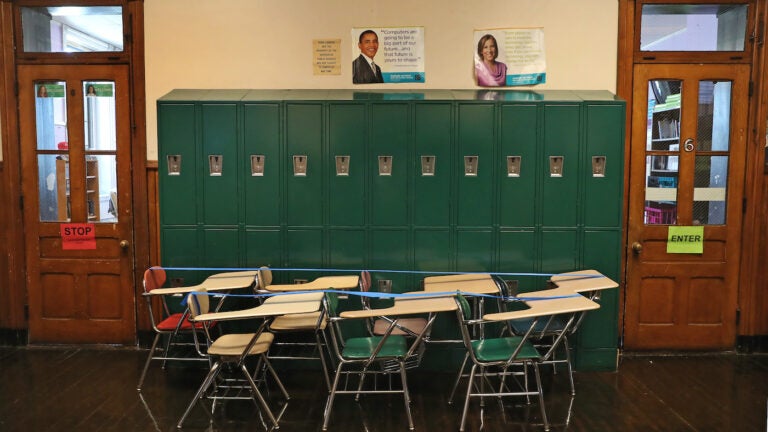"I think it is very accepting of where kids are at and it allows them to have their own values and to discuss them in a respectful way."

Students returning to schools in Worcester this fall will begin a comprehensive sexual health education curriculum, which will include age-appropriate lessons crafted for children as young as kindergartners, educators say.
The new lessons are part of the “Rights, Respect, Responsibility” curriculum the School Committee voted 5-2 in May to adopt, three years after the city withdrew a proposal for a different model, according to the Worcester Telegram & Gazette.
Megara Bell, director of Partners in Sex Education, said RRR aims to give children and teens the tools to recognize and combat abuse, prevent bullying, and be respectful of others.
“The fact is that one in three girls and one in seven boys will experience sexual abuse by age 18,” Bell said during one of two online forums held for parents and caregivers on Tuesday night. “Sixteen percent of Massachusetts students report bullying, and LGBTQ youth experienced bullying at twice the rate of heterosexual youth. Many parents are concerned about their children’s safety. This curriculum is designed to give tools for children to recognize unsafe situations, to protect themselves, and to get help when they need it.”
According to Bell’s presentation, topics covered in kindergarten through Grade 3 include: bullying prevention, respecting and celebrating diversity, sexual abuse prevention, sexual harassment prevention, boundaries, consent, personal safety, and “identifying and getting help from trusted adults.”
Bell said there has been “a lot of confusion” over whether the curriculum covers anatomy or reproduction.
“The three R’s curriculum does have anatomy lessons,” Bell said. “However, the Worcester School Committee voted to utilize the three R’s in elementary health education, and we have interpreted that directive to mean that the priority would be on social/emotional learning, anti-bullying, (and) personal safety, and that anatomy was not required to address these priorities.”
Students will be taught anatomy and reproduction beginning in Grade 5 as part of the curriculum’s unit on puberty, Bell said.
Students in the fifth grade will be shown a video called “Pregnancy and Reproduction Explained” as part of the unit that uses a cartoon to explain reproduction.
“It’s a little bit conceptual. So I don’t think you can criticize this for being too explicit,” Bell said during the forum. “I do you think it would be possible for it to be not explicit enough because I think that our very literal learners are going to have some trouble maybe deciphering what this means. They may have some questions after. But I think that for many children, this will be enough and they’ll understand.”
Fourth grade through sixth grade students will also learn about bullying prevention, sexual abuse prevention, healthy relationships (primarily friendships), boundaries and personal safety, puberty, and gender stereotypes, Bell said.
Many lessons in the curriculum focus on gender, especially in relation to bullying prevention because a lot of bullying at the elementary level centers on gender stereotypes, Bell said.
“I love this curriculum,” Bell said. “I think it’s really well done. I think it is very accepting of where kids are at and it allows them to have their own values and to discuss them in a respectful way.”
Families, however, can opt-out of having their children learn the curriculum on a yearly basis, Bell said.
Webinars covering the curriculum for seventh through twelfth grade students will be held on Sept. 7.
Review curriculum lessons for kindergarten through Grade 6 students:
3R K-12 WPS summary by Christopher Gavin on Scribd
Newsletter Signup
Stay up to date on all the latest news from Boston.com
"What" - Google News
September 03, 2021 at 03:39AM
https://ift.tt/3tbPRU5
Here’s what the ‘age-appropriate’ sex ed curriculum will look like in Worcester - Boston.com
"What" - Google News
https://ift.tt/3aVokM1
https://ift.tt/2Wij67R
Bagikan Berita Ini














0 Response to "Here’s what the ‘age-appropriate’ sex ed curriculum will look like in Worcester - Boston.com"
Post a Comment